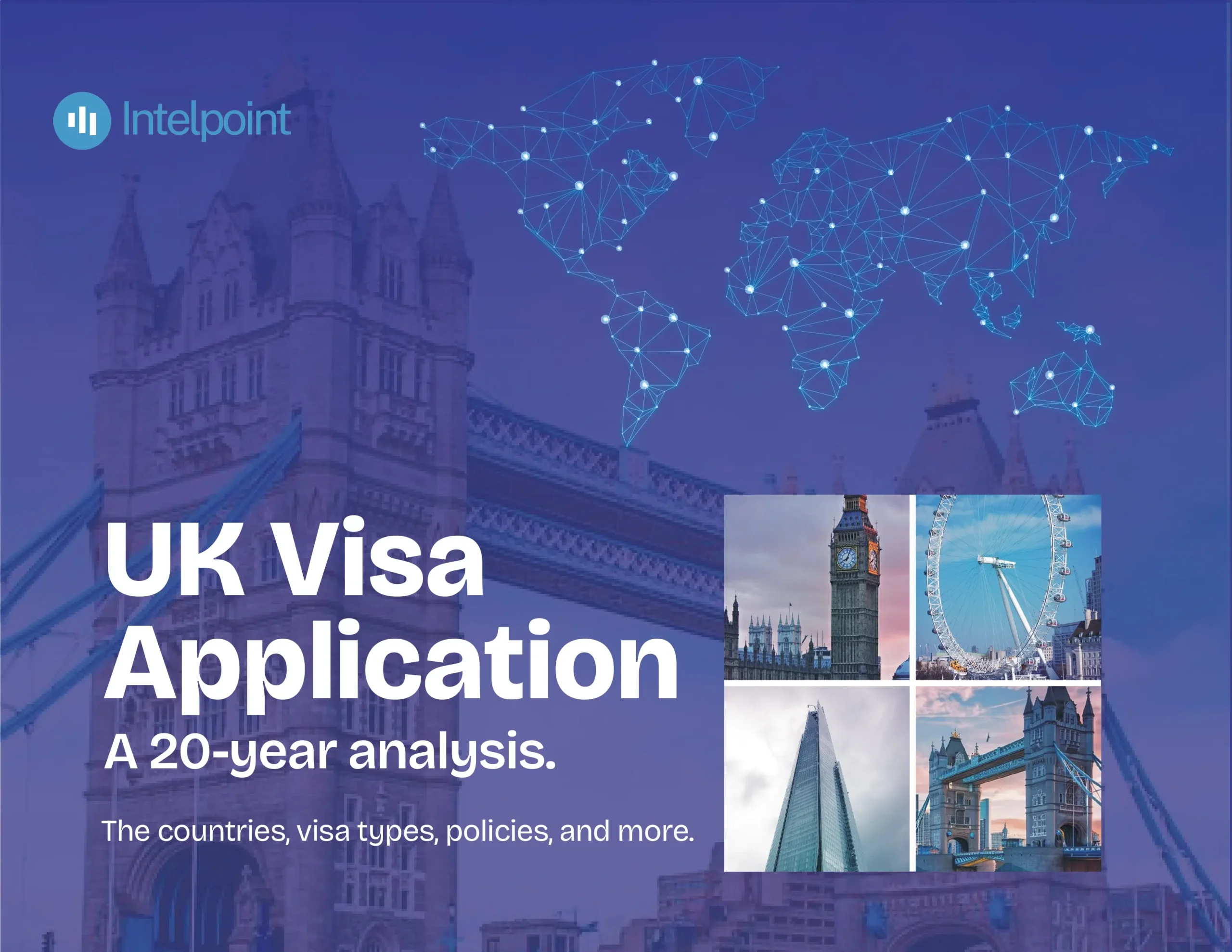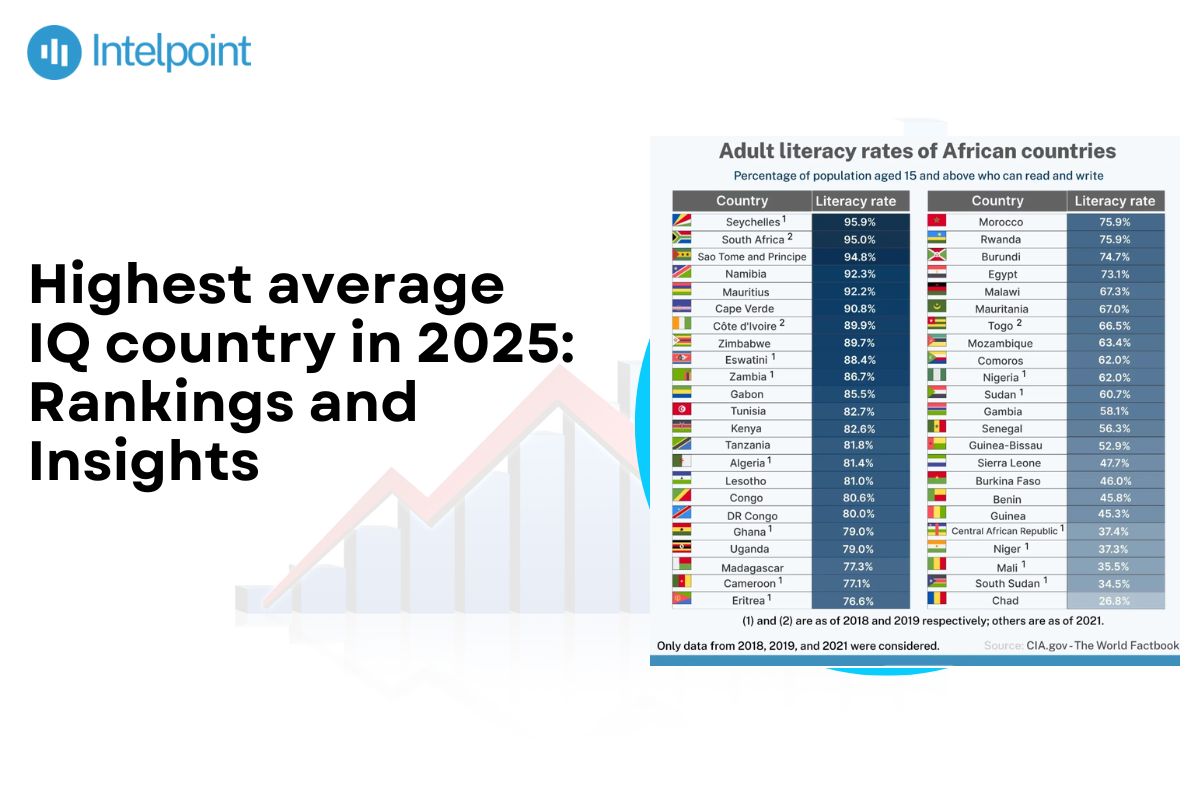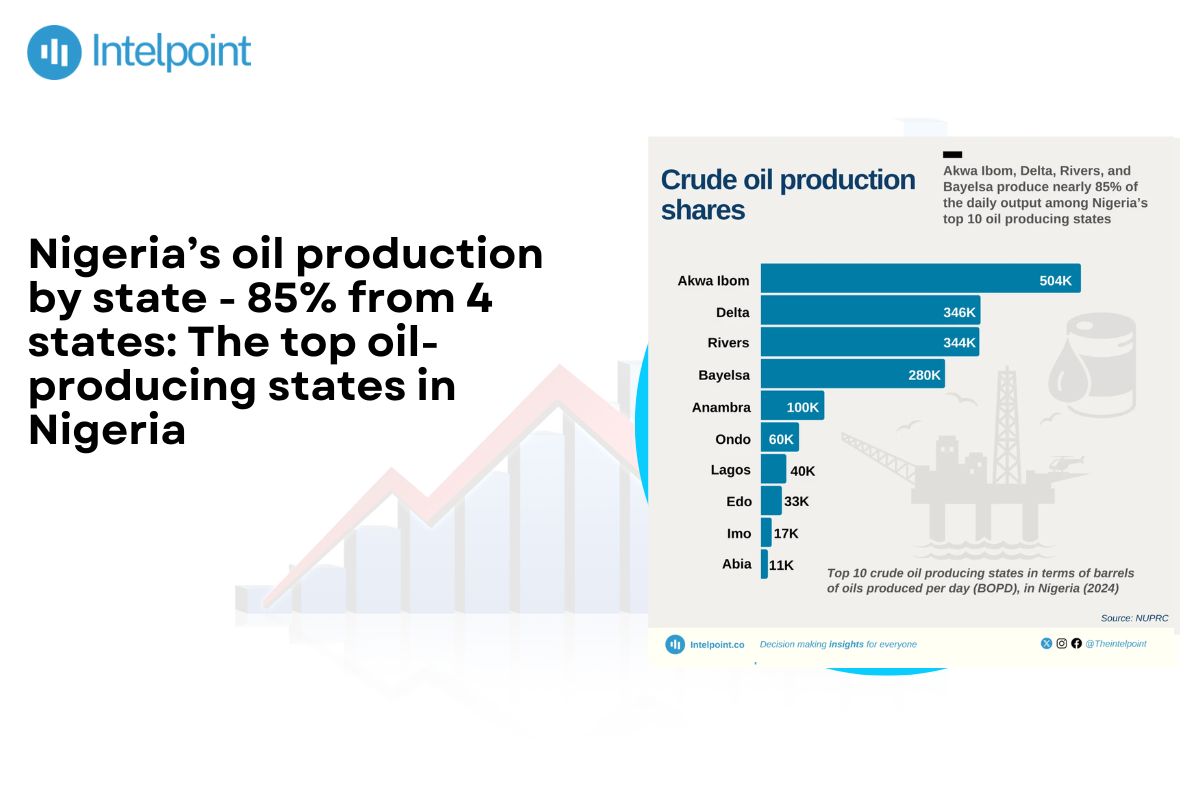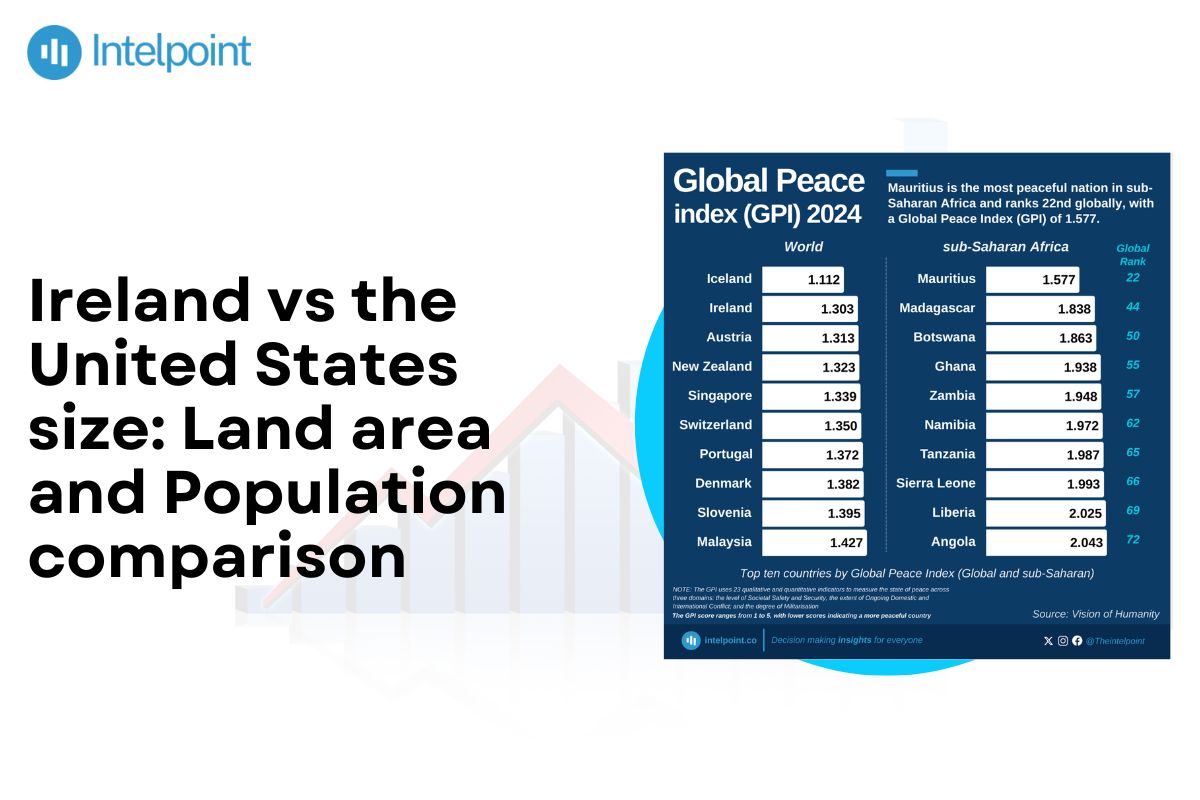In 20 years, more than 55 million people have applied to enter the United Kingdom. Behind those numbers lie policies that opened doors for some and closed them for others. Each visa application tells a story of opportunity, regulation, and how nations manage mobility in a shifting global landscape.
Analysing a country’s visa policy is not just about counting numbers; it’s about tracing the global economic, social, and political currents that shape who moves, where, and why.
That’s the foundation of UK Visa Application (2005–2024): A 20-year analysis. This data-rich report examines the evolution of the UK’s immigration system from the 2008 Points-Based System to the post-Brexit era and the recent 2024 dependant ban.
Covering more than five visa categories and over 55.6 million applications, it’s the most comprehensive look yet at how global mobility into the UK has changed.
Global shifts in mobility
Among the standout findings is Oceania’s unique trend. Unlike every other region, where visitor visas dominate, Oceania’s visa activity has long been led by work routes.
Over 75% of its applications were for Work Visas in most years, even as total volumes fell from 41,000 in 2005 to 18,300 in 2024. This decline reflects a deeper realignment, as citizens of Australia and New Zealand increasingly choose alternative pathways in Canada and other destinations offering smoother bilateral mobility schemes.
Work Visas remain the UK’s strongest category overall, with a 92% average approval rate over two decades. Yet, this stability masks sharp national contrasts. Nigeria, once one of the top growth stories in the UK’s labour migration space, recorded 93,000 work visa applications in 2023, only to see that number fall to 29,800 in 2024 after new salary thresholds and dependant restrictions came into effect.
Regional perspectives
The report paints a global picture of where demand is growing and where it is fading:
Asia leads by a wide margin, accounting for 52.5% of all UK visa applications—the largest source of both work and study migration.
Africa recorded 10.6 million applications between 2005 and 2024, peaking in 2023 before new rules slowed demand.
The Middle East saw a 68% decline in total applications since 2013, though family-related migration has continued to rise, reflecting post-conflict and reunification trends. These shifts underlie how deeply policy, demographics, and economic opportunity interact to shape migration flows.
The report documents:
20 years of approval trends across five major visa types.
Major policy shifts—from the 2008 Points-Based System to the 2024 dependant ban.
Forecasts to Q4 2026, showing visa demand stabilising around 3.3 to 3.5 million applications per year.
Long-term approval patterns that reveal how work and study routes have stayed most resilient, while family and visitor categories remain more volatile.
Why this matters
Migration policy shapes who enters a country, defines economic opportunity, labour mobility, and global connection.
For policymakers, mobility firms, and researchers, this two-decade dataset offers an evidence base for smarter planning and fairer systems.
Download the full report: https here




